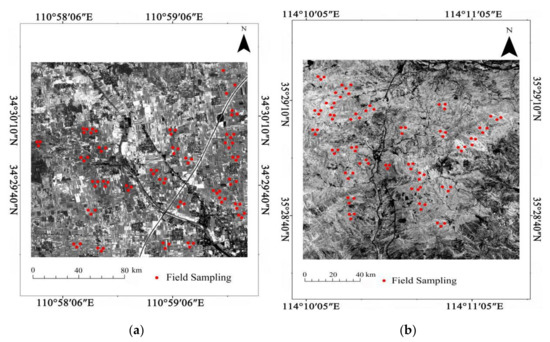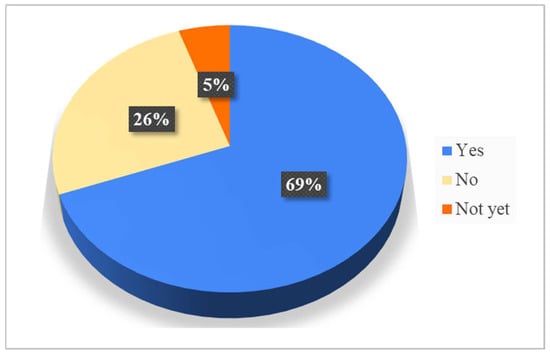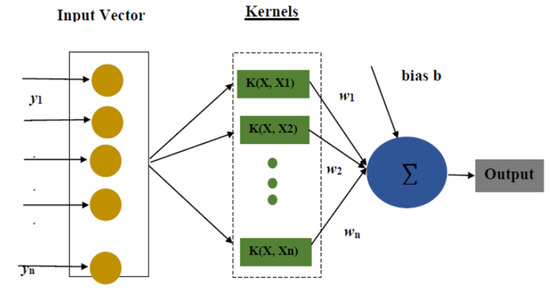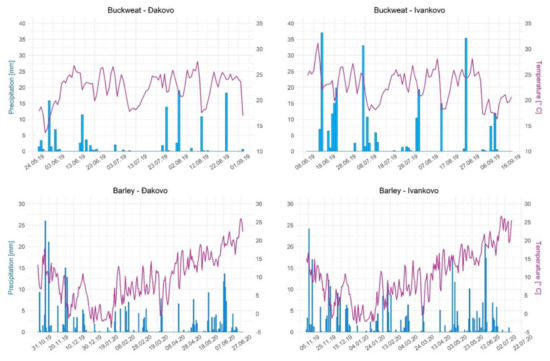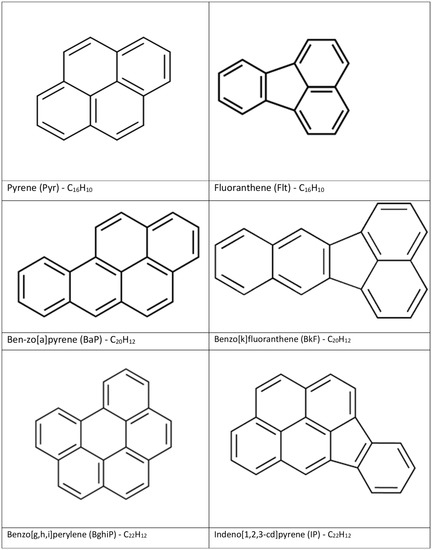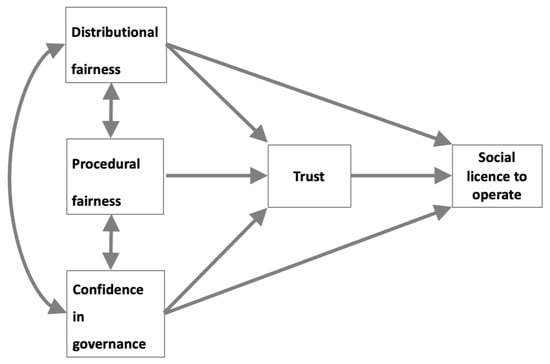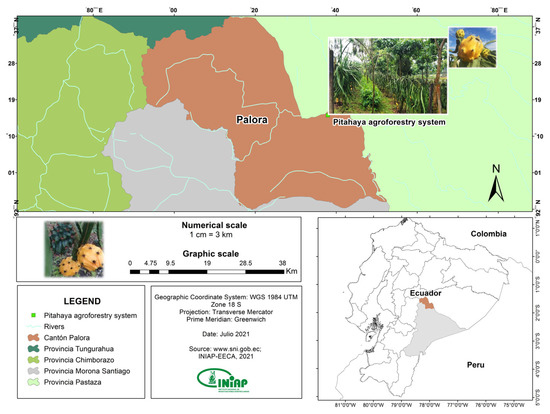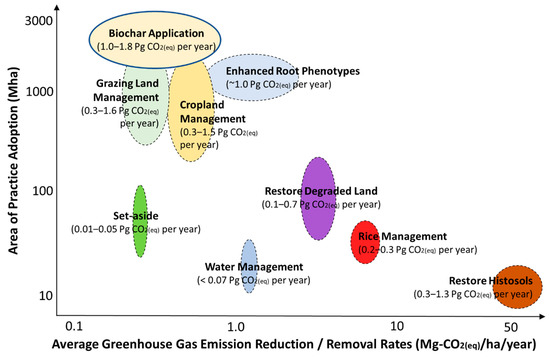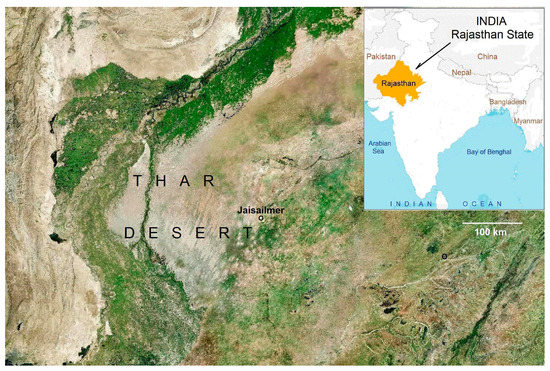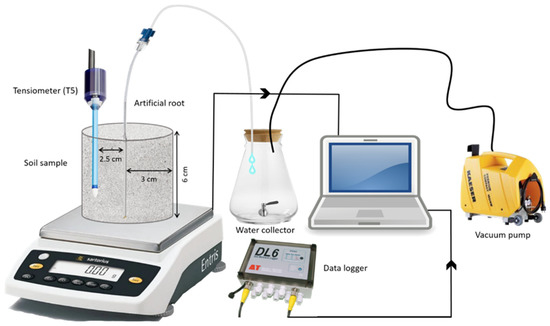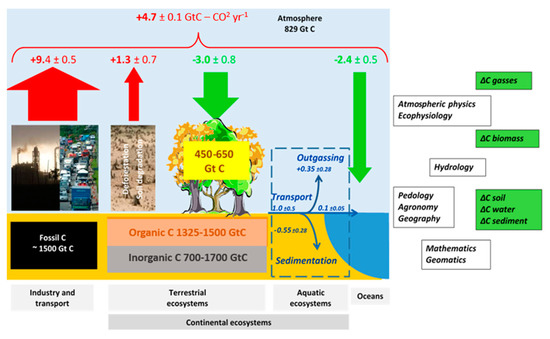Soil and Water Management Challenges & Solutions for Sustainable Agriculture under Climate Change
A topical collection in Sustainability (ISSN 2071-1050). This collection belongs to the section "Air, Climate Change and Sustainability".
Viewed by 71326Editor
Interests: agroecosystems; soil salinization; crop stress; environmental salinization; salinity management
Special Issues, Collections and Topics in MDPI journals
Topical Collection Information
Dear Colleagues,
Terrestrial agroecosystems are dominant food generators and pivotal utilizers of the most valuable Earth’s resources, notably quality waters and soils, which have been exposed to various anthropogenic pressures for decades, constraining agri-food production. Consequently, a majority of arable pedosphere constrains (salinity/alkalinity, acidity, nutrient deficiency, contamination), and specific management strategies for their amelioration (leaching, drainage, liming, fertilization, bioremediation) are closely linked to appropriate water management in the (sub)surface soil (root) zone. However, optimizing water relations in the arable pedosphere is becoming increasingly challenging due to global climate change and variability. Modern sustainable strategies and approaches to ameliorate suboptimal water conditions (mostly insufficient supply, but waterlogging periodically as well) should be directed toward more efficient management of natural resources given strong competition among related stakeholders in agroecosystems (farmers, urban population, energy-producers).
For this Collection all manuscripts that contain novel science or management and represent a significant contribution within the scope will be considered for publication. All water, soil, land and other environmental resource management approaches, improvements or solutions relevant to agroecosystems and food production at (inter)national, regional or even global level, as well as specific case studies, are welcome.
Prof. Dr. Gabrijel OndrasekCollection Editor
Manuscript Submission Information
Manuscripts should be submitted online at www.mdpi.com by registering and logging in to this website. Once you are registered, click here to go to the submission form. Manuscripts can be submitted until the deadline. All submissions that pass pre-check are peer-reviewed. Accepted papers will be published continuously in the journal (as soon as accepted) and will be listed together on the collection website. Research articles, review articles as well as short communications are invited. For planned papers, a title and short abstract (about 100 words) can be sent to the Editorial Office for announcement on this website.
Submitted manuscripts should not have been published previously, nor be under consideration for publication elsewhere (except conference proceedings papers). All manuscripts are thoroughly refereed through a single-blind peer-review process. A guide for authors and other relevant information for submission of manuscripts is available on the Instructions for Authors page. Sustainability is an international peer-reviewed open access semimonthly journal published by MDPI.
Please visit the Instructions for Authors page before submitting a manuscript. The Article Processing Charge (APC) for publication in this open access journal is 2400 CHF (Swiss Francs). Submitted papers should be well formatted and use good English. Authors may use MDPI's English editing service prior to publication or during author revisions.
Keywords
- agroecosystem
- agroforestry
- climate changes
- conservation agriculture
- drainage systems
- draughts
- footprints in agriculture
- global warming
- irrigation systems
- phytonutrients management
- precision agriculture
- salinity
- soil constrains
- soil-plant water relations
- water footprint
- water (re)use
- water scarcity
- water stress
- water use efficiency
- waterlogging





